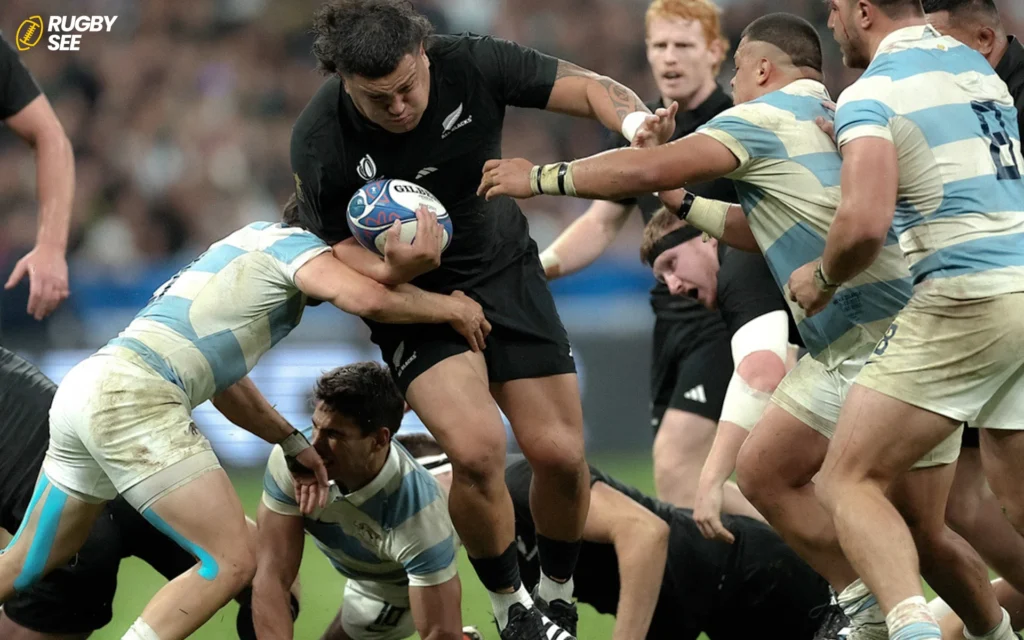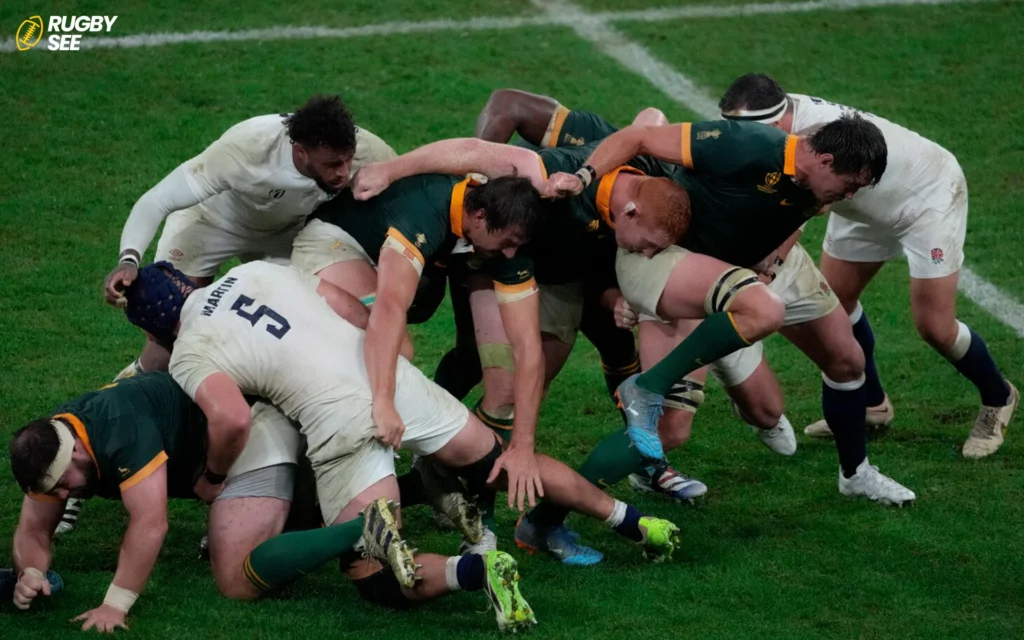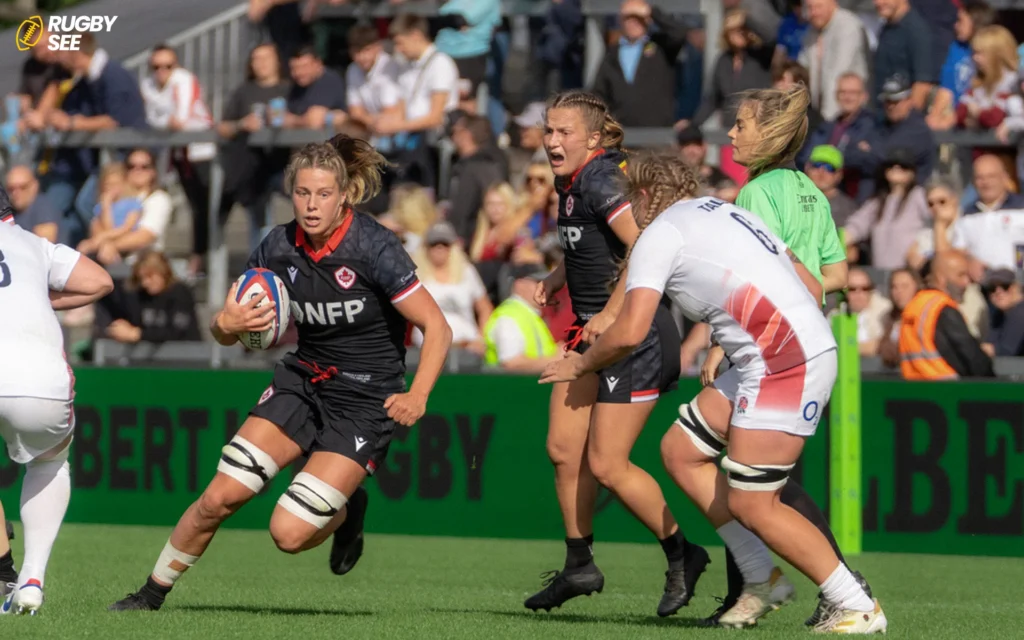In the vibrant world of sports, each game has its own set of traditions, cultures and practices that define its character. Among the myriad aspects that contribute to the sports experience, the presence of cheerleaders can be both symbolic and polarizing. When it comes to rugby, a sport known for its intense physicality and deep-rooted traditions, it begs the question: Does rugby even have cheerleaders? So stay tuned with Rugbysee so we can fully investigate this issue.
Rugby’s Tradition and Fan Engagement
Rugby, with origins tracing back to the 19th century in England, has long celebrated its rich history and the values of teamwork, respect, and sportsmanship. Unlike its American cousin, American football, rugby’s approach to fan engagement and match-day atmosphere traditionally does not include cheerleaders. Rugby fans are known for their vocal support, singing national anthems, and chants that resonate through stadiums, creating a powerful and communal match-day experience.
Cultural Differences in Sports Entertainment
The contrast in the use of cheerleaders between sports like rugby and American football can largely be attributed to cultural differences in sports entertainment. In the United States, cheerleading has evolved into an integral part of the sports culture, providing entertainment during game stoppages and rallying the crowd’s support. Conversely, rugby’s culture, particularly in countries where it is most popular (such as the United Kingdom, New Zealand, South Africa, and Australia), typically focuses on the game itself to generate excitement and engagement among fans.

Exceptions and Modern Interpretations
While traditional rugby does not feature cheerleaders in the same way as American sports, there are exceptions and modern interpretations. In some professional rugby leagues and clubs, especially those aiming to expand their audience and enhance the entertainment value of match days, cheerleaders or dance squads can occasionally be seen performing. These instances tend to be more the exception than the rule and often reflect a blending of sports cultures and if you want to know about Rugby players Haight read are rugby players short.
Fan Engagement in Rugby: Beyond Cheerleading
Rugby’s approach to fan engagement goes beyond the need for cheerleaders, relying on the sport’s dynamic action and the passionate involvement of its fans. Here are a few ways rugby captivates and engages its audience:
- Stadium Anthems and Chants: Rugby matches are renowned for their stirring renditions of national anthems and the spontaneous eruptions of chants and songs from the fans, creating a uniquely inclusive atmosphere.
- Pre-Match and Halftime Performances: While not cheerleaders in the traditional sense, some rugby events feature cultural performances, such as the famous Haka by New Zealand teams, or musical acts to entertain the crowd.
- Community and Fan Zones: Rugby clubs and tournaments often set up fan zones around stadiums, offering food, music, and activities that foster a sense of community and celebration among supporters.
The Evolution of Rugby’s Fan Experience
As rugby continues to grow globally, the ways in which teams and organizers engage with fans may continue to evolve, potentially incorporating more elements traditionally seen in other sports, including cheerleading. However, any such changes are likely to be carefully balanced with the sport’s traditions and the preferences of its dedicated fan base.
The Ethos of Rugby: Unity and Respect
One of the most striking aspects of rugby culture is the emphasis on unity and respect. This ethos is not only evident in the interactions between players on the field but also in the relationship between teams and their fans. Rugby stadiums are known for hosting supporters of competing teams side by side, a testament to the sport’s spirit of camaraderie and mutual respect. This environment creates a shared experience that transcends the need for additional entertainment forms like cheerleading to enhance fan engagement.

Grassroots Engagement and Community Involvement
Rugby’s roots in community and school-level play significantly contribute to its unique fan culture. From a young age, fans and players alike are ingrained with a deep appreciation for the game’s values, which extends to their experience as spectators. Rugby clubs often engage with their local communities through initiatives that promote youth participation, charity events, and fan meet-ups, fostering a sense of belonging and loyalty that enhances the match-day experience without the need for traditional cheerleading squads.
The Global Rugby Fan Experience
As rugby’s popularity expands globally, the fan experience varies widely across different cultures and regions. In countries with a burgeoning rugby scene, there may be more experimentation with entertainment formats, including cheerleading, to attract and retain new fans. These variations offer a fascinating glimpse into how rugby adapts to and is shaped by local cultural norms while maintaining its core values and if you want to know about Scrums in Rugby league read Are There Scrums in Rugby League.
Innovation in Fan Engagement
Looking to the future, rugby organizations may continue to innovate in how they engage with fans, especially as digital technology becomes increasingly integrated into the spectator experience. Augmented reality (AR) and virtual reality (VR) offer new ways for fans to connect with the game and each other, whether through virtual stadiums, enhanced live match feeds, or interactive fan zones. These technologies could redefine fan engagement, offering immersive experiences that complement the live action on the field.

Sustainability and Social Responsibility
Another area where rugby is set to lead is in promoting sustainability and social responsibility among its fans. Many rugby organizations and teams are initiating programs focused on environmental stewardship, community support, and inclusivity. These efforts resonate with a fan base increasingly concerned with global issues, adding another layer to the rugby spectator experience that goes beyond the game itself.
In conclusion, while rugby does not traditionally have cheerleaders in the sense observed in American football and other sports, it offers a rich, communal fan experience characterized by songs, chants, and cultural performances. Rugby’s identity is deeply intertwined with its history and values, which continue to define its approach to engaging fans. As the sport evolves, so too may the ways in which it celebrates and shares the game day experience, but always with an eye on respecting the essence of rugby culture.










